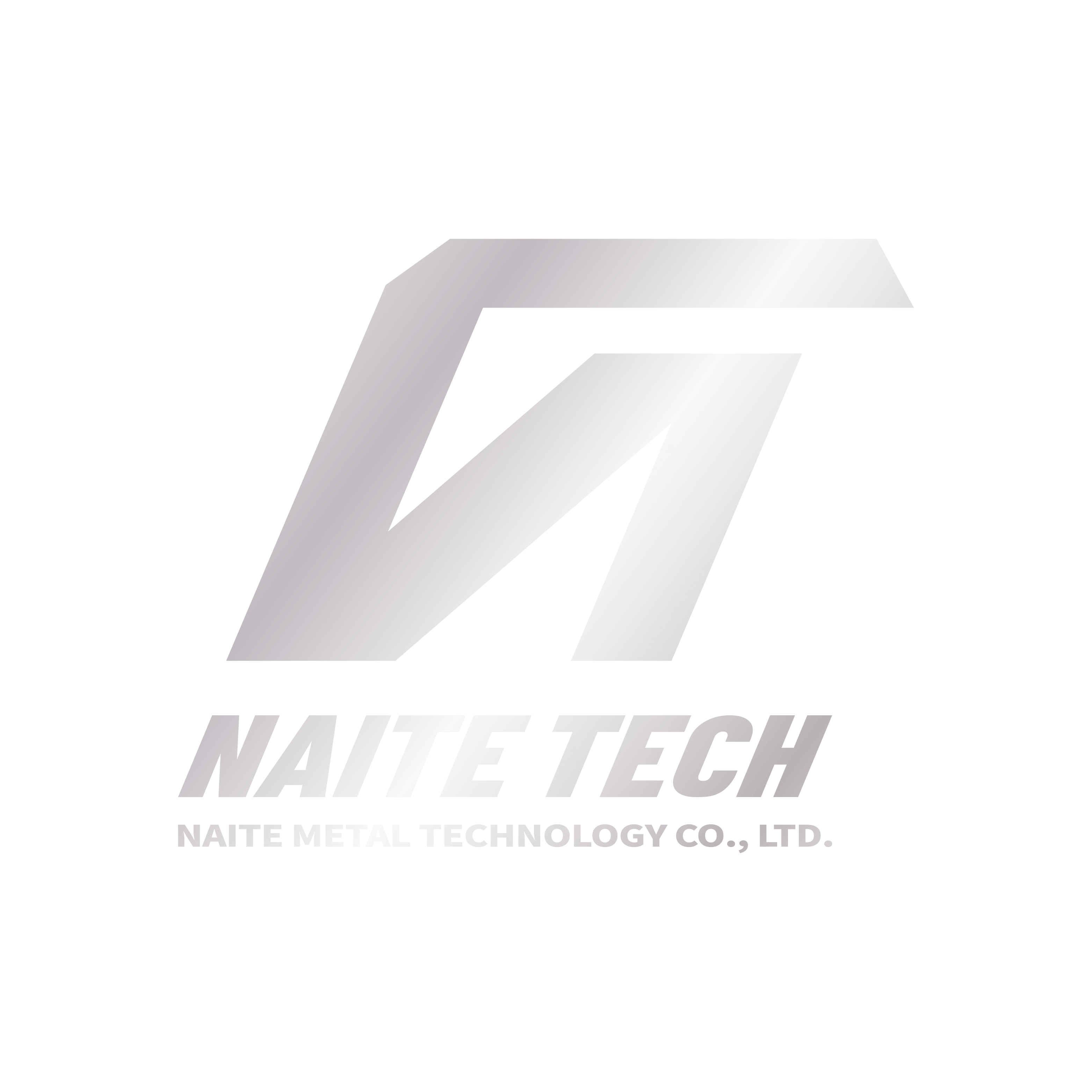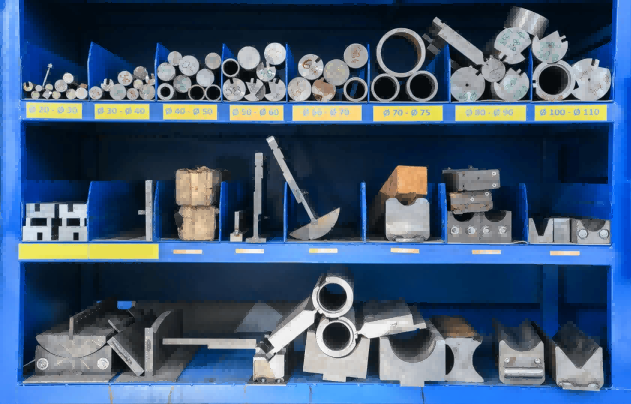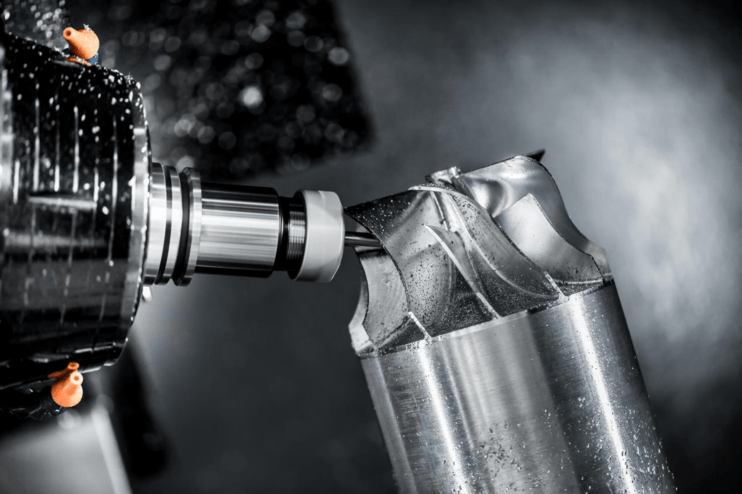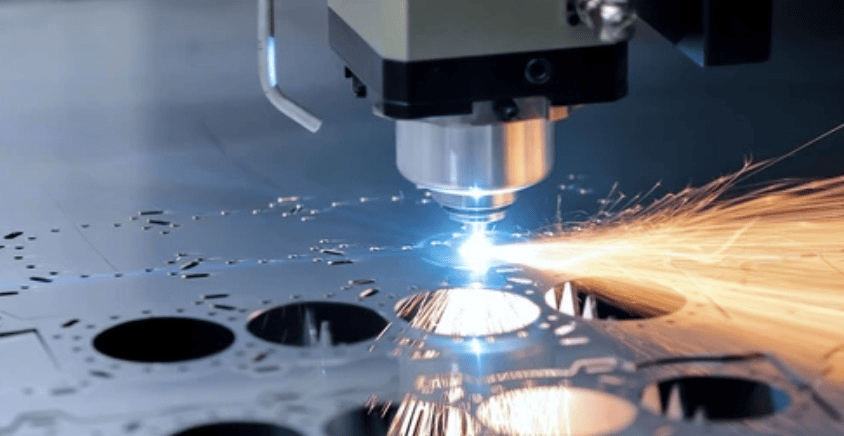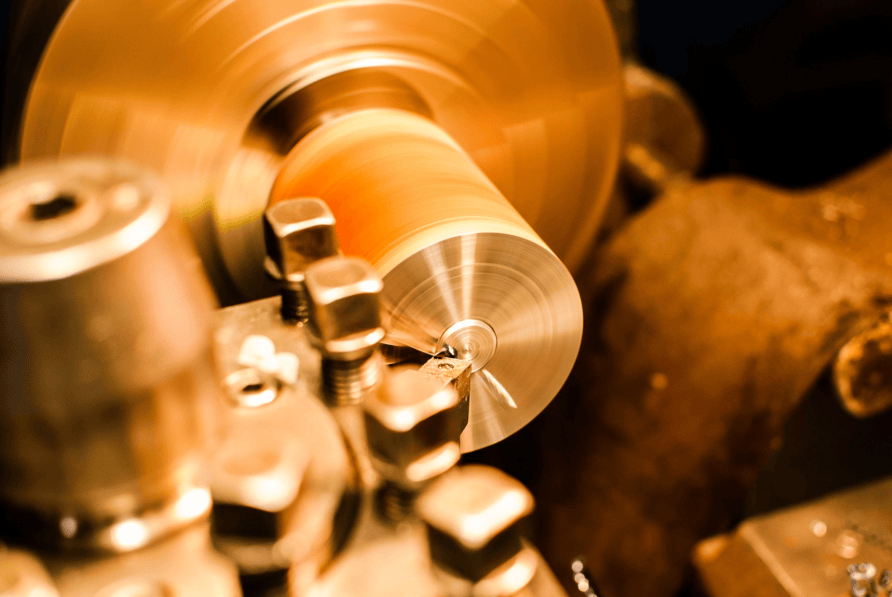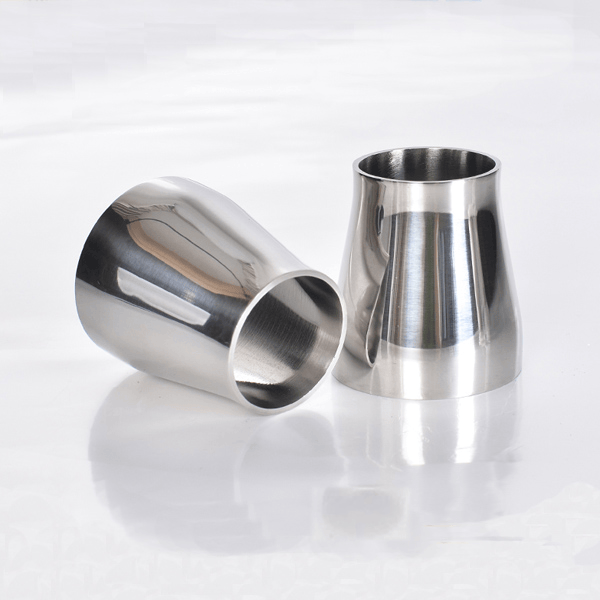Vacuum Casting
Vacuum Casting is a manufacturing process used to create high-quality prototypes or small production runs of plastic and rubber parts. It is a highly versatile process ideal for producing complex designs with precise details.
- Overview
- Related Products

Vacuum Casting is a manufacturing process used to create high-quality prototypes or small production runs of plastic and rubber parts. It is a highly versatile process ideal for producing complex designs with precise details.
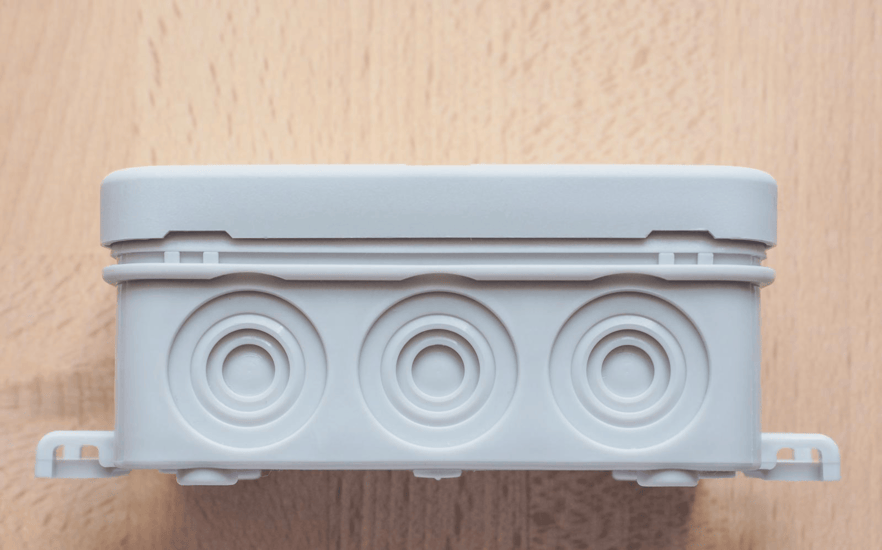
How It Works:
1.Master Model Creation: A master model, typically created using CNC machining or 3D printing, serves as the template.
2.Silicone Mold Preparation: The master model is enclosed in liquid silicone, which cures to form a flexible mold.
3.Casting: After the mold is cured, it is cut open to remove the master model. Liquid casting resin is poured into the mold under vacuum conditions to ensure complete filling and eliminate air bubbles.
4.Curing: The mold with the resin is placed in a vacuum chamber or oven to cure.
5.Demolding: The finished part is removed from the mold after curing. The process can be repeated until the mold wears out.
Features of Vacuum Casting:
・ Material Options: Supports a wide range of materials, including plastics, rubber, and even some resins that mimic engineering-grade materials like ABS, PP, or PC.
・ Precision: Captures: fine details with excellent surface finishes.
・ Efficiency: Best suited for low-volume production (10–50 parts per mold).
・ Cost-Effective: Lower tooling costs compared to injection molding.
・ Customizable: Allows for adding color and texture during production.
Vacuum casting is widely used in industries like automotive, medical, consumer electronics, and more for functional prototypes, testing, or limited-run production.
How to choose a material
1. Rigid Plastics (Polyurethane Resins)
These resins replicate the properties of engineering plastics like ABS, PC, or PP.
・ ABS-Like Resin: Good for rigid, tough parts. Often used for enclosures, functional prototypes.
・ PC-Like Resin: High transparency, impact resistance. Ideal for optical parts, lenses, or protective covers.
・ PP-Like Resin: Durable and slightly flexible. Common in automotive components.
・ Nylon-Like Resin: High strength and heat resistance, suitable for industrial and mechanical parts.
2. Flexible Plastics (Elastomers)
Used to mimic rubber or soft materials.
・ Silicone-Like Materials: Soft, stretchable, and durable. Often used for gaskets, seals, or ergonomic components.
・ Rubber-Like Materials: Provide various levels of hardness (Shore A). Common for grips, bumpers, or shock absorbers.
3. Transparent or Translucent Materials
Special resins designed for clear parts.
・ Transparent Resins: Mimic acrylic or polycarbonate for lenses, light covers, or display items.
・ Colored Transparent Resins: Allow for colored translucent parts like automotive lights or decorative pieces.
4. High-Temperature Resins
Materials that can withstand heat and stress for functional testing or specific industrial applications.
・ Heat-Resistant Resins: Used for under-the-hood automotive parts or cooking appliance components.
5. Specialty Resins
・ Flame-Retardant Resins: For electrical or electronic components requiring fire resistance.
・ Food-Grade Resins: Safe for components that come into contact with food or beverages.

